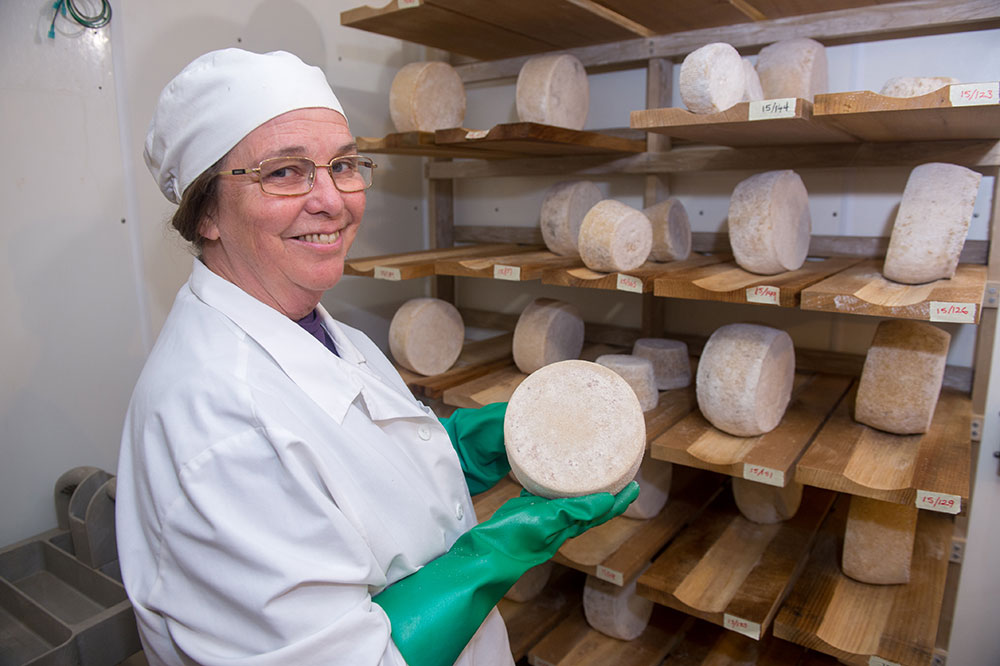Leading Cheese Makers in Melbourne: The Tale of Floridia Cheese Thomastown
Leading Cheese Makers in Melbourne: The Tale of Floridia Cheese Thomastown
Blog Article
Opening the Secrets of Artisanal Cheese Making: A Step-by-Step DIY Overview
In the world of culinary workmanship, artisanal cheese making stands as a testimony to the fragile equilibrium between tradition and development. As we embark on this journey to demystify the art of creating exquisite cheeses, we are faced with a tapestry of abilities and keys waiting to be unraveled.
Picking the Right Milk
When beginning on the trip of artisanal cheese making, the choice of milk plays an important role in identifying the quality and characteristics of the final product. The type of milk chosen influences the taste, appearance, and on the whole profile of the cheese.
Furthermore, the resource of the milk, whether from cows, goats, sheep, or buffalo, adds distinctive tastes and features to the cheese. Each type of milk brings its own subtleties, permitting for a large variety of cheese varieties to be crafted based on the chosen milk.
Culturing and Coagulating
To start the cheese-making process, the essential actions of culturing and coagulating must be thoroughly executed to transform milk into curds and whey. Culturing involves introducing advantageous microorganisms to the milk, which then begins the fermentation process. These microorganisms transform lactose (milk sugar) right into lactic acid, developing the acidic environment needed for coagulation. The kind of culture utilized can considerably impact the flavor, structure, and ripening of the final cheese product.

The timing and temperature control throughout culturing and coagulation are essential aspects that affect the last result of the cheese. Correct implementation of these steps is vital to ensure the desired appearance, flavor, and uniformity of the artisanal cheese being created.
Draining and Pushing Curds
After the milk proteins have actually coagulated and the curds have actually been cut to launch whey, the next critical action in artisanal cheese making involves draining and pushing the curds to attain the desired appearance and uniformity of the last cheese item. Draining is the procedure of separating the curds from the whey. This can be done by transferring the curds right into a cheesecloth-lined bowl-shaped sieve or mold and allowing the whey to drain pipes off naturally. The time for draining pipes can vary depending upon the kind of cheese being made and the preferred moisture web content.
Once the curds have adequately drained, the following step is pushing. Pushing aids expel any type of staying whey and compacts the curds more info here to create a strong cheese wheel. Pushing can be done using specialized cheese presses that apply mild and consistent pressure over an amount of time. The period and pressure used throughout pressing will certainly affect the final texture of the cheese, from luscious and soft to difficult and company. Proper draining and pressing are critical actions that considerably influence the top quality and features of the artisanal cheese being generated.
Aging and Flavoring Methods
Implementing meticulous aging and flavoring methods is pivotal in improving the deepness and intricacy of artisanal cheeses, boosting their taste profiles to exquisite levels of refinement and class. Aging plays a vital duty in establishing the one-of-a-kind flavors and textures that identify artisanal cheeses.
Seasoning strategies also contribute considerably to the last taste of artisanal cheeses. Cheesemakers may choose to present extra check tastes by integrating ingredients such as herbs, seasonings, or also fruits right into the cheese during the production process. In addition, some cheeses are cleaned or scrubed with numerous fluids, such as salt water or alcohol, to enhance their tastes and appearances.
Covering and Storing Cheeses

Verdict
In conclusion, mastering the art of artisanal cheese making entails very carefully picking the right milk, complying with exact culturing and coagulating procedures, draining and pushing curds successfully, and making use of different aging and flavor methods. Bear in mind to wrap and keep your cheeses properly to make certain ideal taste and appearance growth.
Each type of milk brings its own subtleties, permitting for a large array of cheese varieties to be crafted based on the selected milk.After Visit This Link the milk proteins have coagulated and the curds have actually been cut to release whey, the following important action in artisanal cheese making includes draining and pushing the curds to attain the wanted appearance and uniformity of the last cheese product. The majority of cheeses must be covered in wax paper or cheese paper to enable them to take a breath while shielding them from drying out. For cheeses that need to proceed aging, such as bloomy peels or washed rinds, ensure they are saved in an awesome environment like a cheese cave or a fridge established to the proper temperature level. By paying attention to the wrapping and storage space of artisanal cheeses, cheese manufacturers and enthusiasts can preserve the stability of these delicacies and totally appreciate their complex tastes.
Report this page